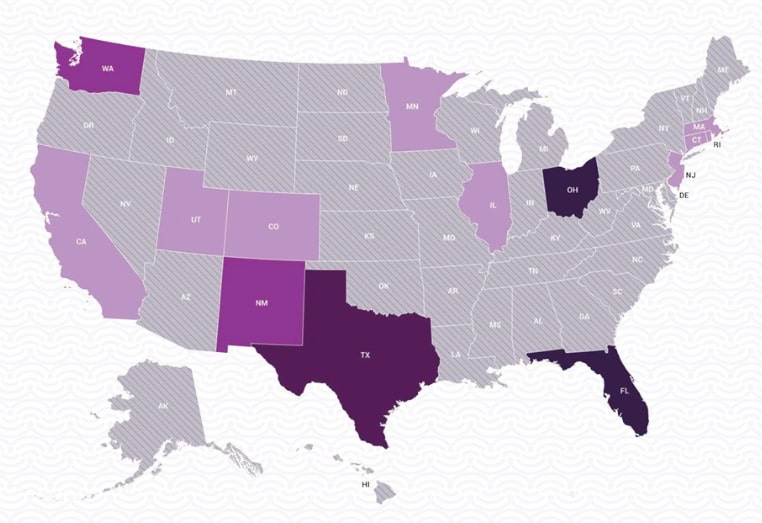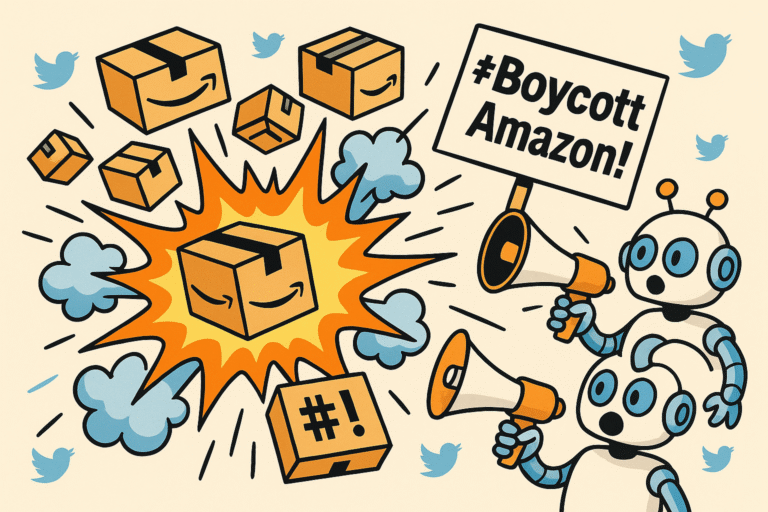In the past few years, we’ve seen devastating effects of disinformation during critical moments – from elections where fake narratives threaten to undermine democracy itself, to the COVID-19 pandemic where false health information directly endangered millions of lives.
Yet there’s another form of disinformation that’s just as dangerous, one that affects not just people’s political views or health choices, but the very fabric of consumer trust: brand disinformation.
Brand disinformation has the power to destroy decades of carefully built reputation in a matter of hours, as malicious actors can transform a minor PR issue into an unstoppable wave of negative sentiment.
From Political Bots to Brand Threats
Back in 2016, when bots and troll farms first emerged as serious threats, their primary targets were clear: political campaigns, elections, and social movements.
Inauthentic profiles would flood social media platforms with divisive content related to these events, aiming to manipulate public opinion and sow discord among people.
In the years since, things took a turn for the worse. AI technology has evolved to a point where what once required teams of people manually creating and managing fake accounts can now be done with just a few clicks.
AI-powered profiles now come complete with photorealistic profile pictures, convincing backstories crafted by language models, and entire digital footprints that mimic genuine human behavior.
This simple process of creating fake profiles and bot networks has made attacking brands an increasingly common occurrence, making them “easy targets” in the eyes of bad actors.
The Role of Bad Actors

Bad actors on social media don’t attack brands randomly – they follow clear, calculated patterns that have proven devastatingly effective.
Their first step is identifying the perfect moment to strike, either by manufacturing a controversy or latching on to an existing one. Once they find their angle, bad actors unleash networks of bots on social media platforms that flood them with negative content.
A single coordinated campaign can spawn thousands of posts within hours, each one carefully designed to spread as far as possible. These fake profiles don’t just mindlessly share content – they engage with real users, join authentic conversations, and respond to comments in ways that make their activities appear completely genuine.
The flood of coordinated engagement triggers social media algorithms to promote the content even further, mistakenly identifying it as high-value material that users want to see.
The resulting snowball effect can push these posts to millions of feeds within hours, with fake profiles driving the majority of initial engagement before real users begin encountering and sharing the content themselves.
This transition from artificial to authentic engagement is what causes the most damage to brands. As fabricated content fills more and more social feeds, real users naturally start engaging with it, believing they’re participating in genuine public outrage rather than amplifying a fake narrative.
By the time they realize they’ve been manipulated, the damage to the brand’s reputation has already been done.
Why Ignoring Bad Actors Won’t Help
When a brand falls victim to a coordinated disinformation attack, the damage can be enormous, largely because of a simple psychological truth that makes these attacks so devastating: people remember the accusation, not the correction.
This psychological quirk means that even thoroughly debunked narratives leave lasting impressions, their emotional impact lingering in consumers’ minds and permanently coloring their perception of the brand.
The traditional approach of “weathering the storm” simply doesn’t work for brand disinformation, as every second that passes without a response translates to more consumers turning away and greater financial losses.
With all this in mind, the only solution for brands is to shift from reactive damage control to proactive threat detection before these attacks can inflict lasting damage to their reputation.
Brand Disinformation Detection
Being aware of the threat posed by brand disinformation is only the first step. Protecting your brand requires advanced disinformation detection technology that can spot coordinated attacks before they spiral beyond control.
Cyabra’s platform uses state-of-the-art AI technology to monitor social media activity across all major platforms in real-time, instantly detecting suspicious behavior and pinpointing exactly where attacks originate.
Within minutes of an attack beginning, your company can see which accounts are behind it and how it’s spreading across social media, giving you enough time to respond before the damage becomes irreversible.
Watch the video summary:


